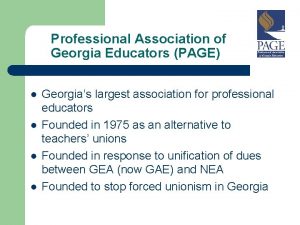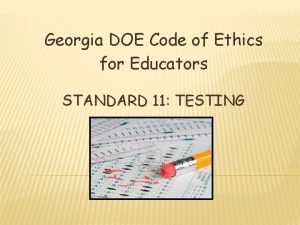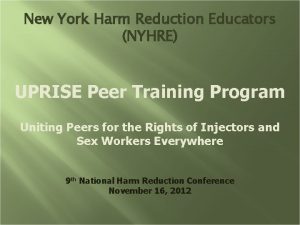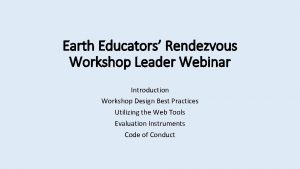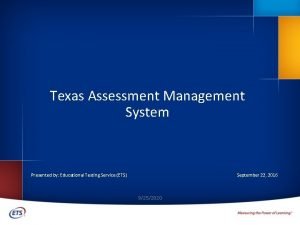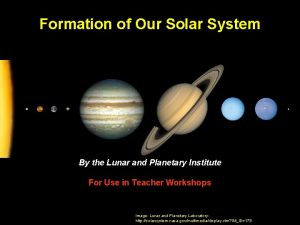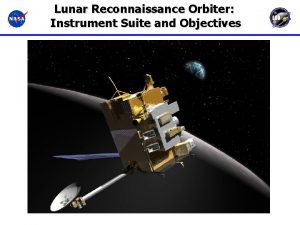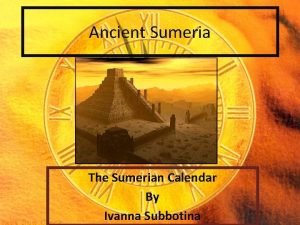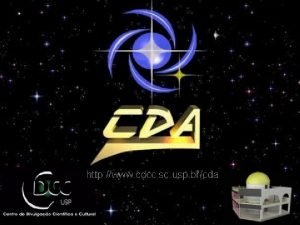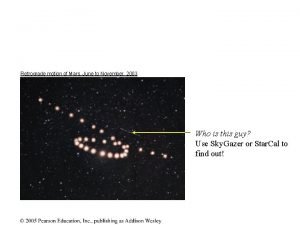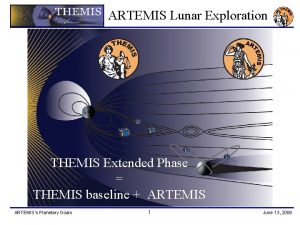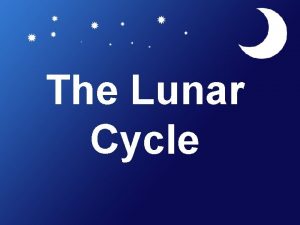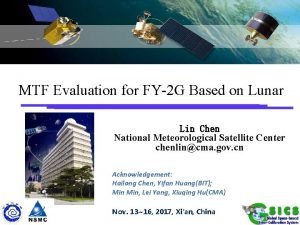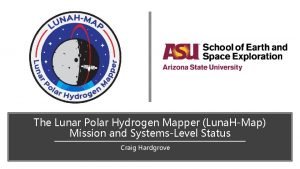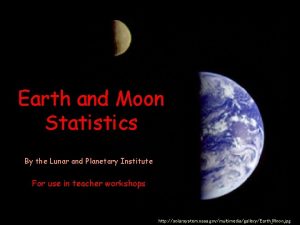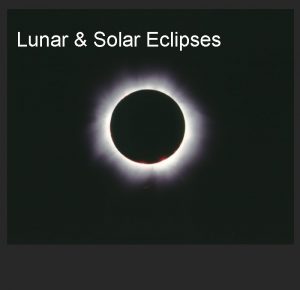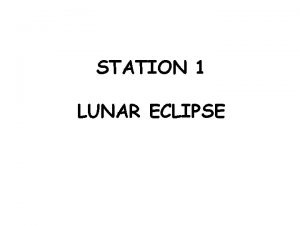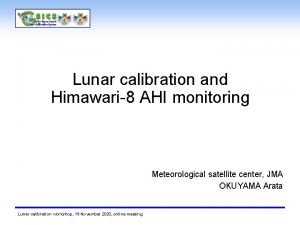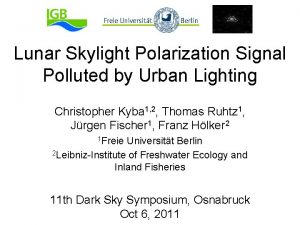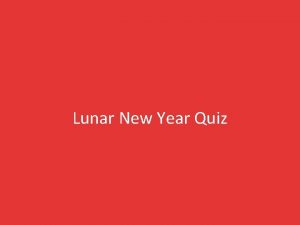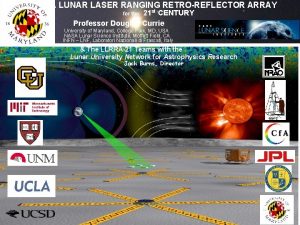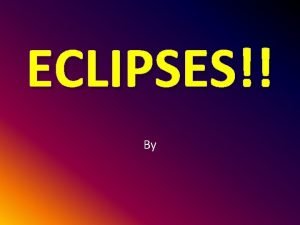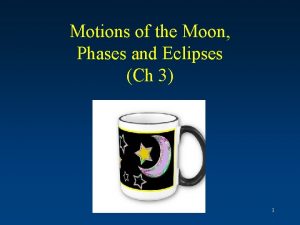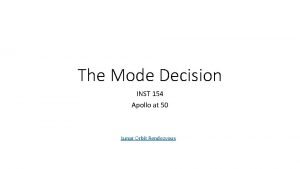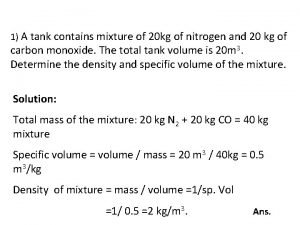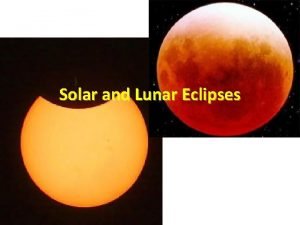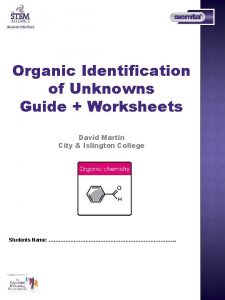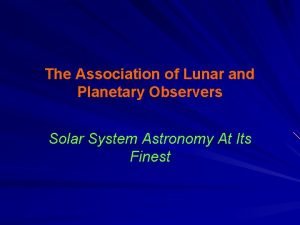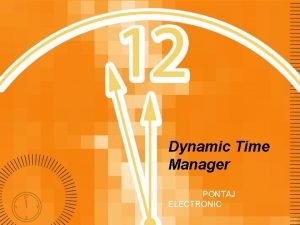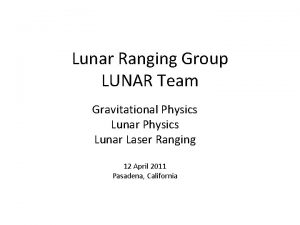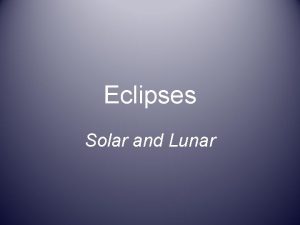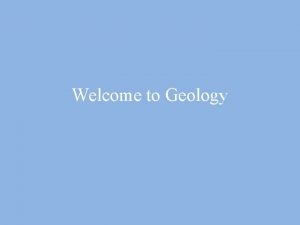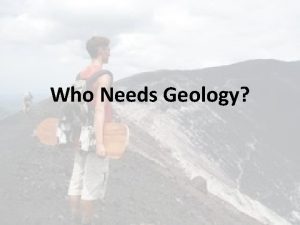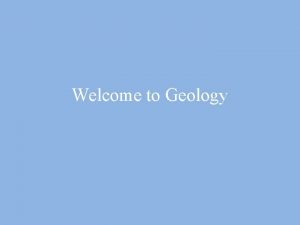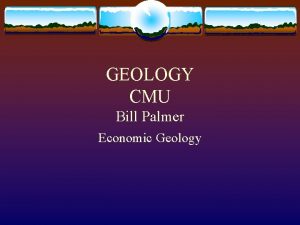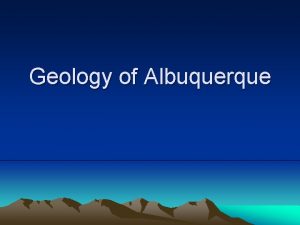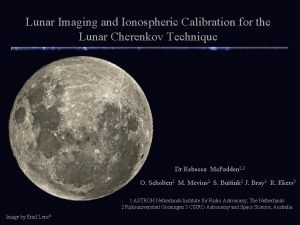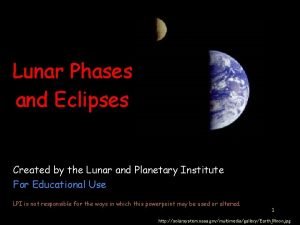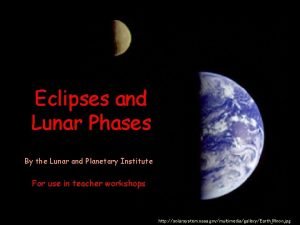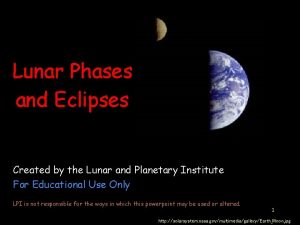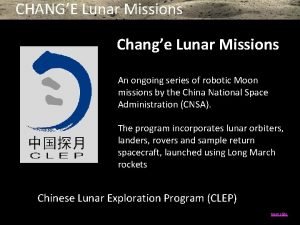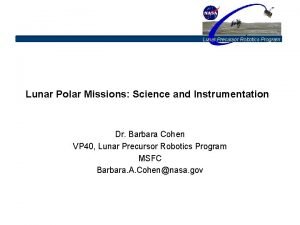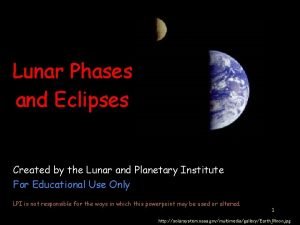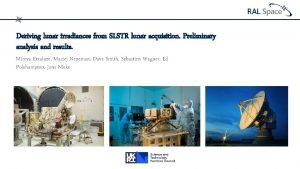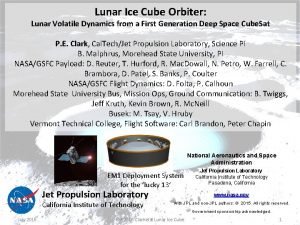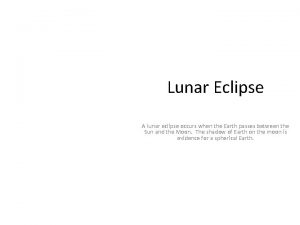Lunar Workshop for Educators Workshop Overview Monday Geology




































- Slides: 36

Lunar Workshop for Educators

Workshop Overview Monday • Geology: Moon Formation and Evolution Tuesday • Geology Continued; LRO; Light Wednesday • Scale; Phases of the Moon; Eclipses Thursday • Using Data; Moon Rocks; Planning a Mission Monday • What’s Next? ; The Future of Lunar Exploration

Monday: Moon Formation and Evolution

Thought Swap

KWLMA Know Want to Know Learned Misconception: Student Misconception About the Moon Addressed: Student Misconception About the Moon You Know How to Address

KWLMA Know Want to Know Learned Misconception: Student Misconception About the Moon Addressed: Student Misconception About the Moon You Know How to Address

Simple Impact Crater: Earth Barringer (Meteor) Crater, AZ (~1. 5 km/0. 9 mi in diameter)

Complex Impact Crater: Earth Chicxulub Crater, Gulf of Mexico off Yucatan Peninsula (~180 km/110 mi in diameter)

Degraded Impact Crater: Earth Manicouagan Impact Crater, Canada (~70 km/43 mi in diameter)

Simple Impact Crater: Moon Linné Crater(2. 2 km in diameter)

Complex Impact Crater: Moon Tycho Crater (~80 km in diameter)

Degraded Impact Crater: Moon Degraded crater within Tsiolkovskiy crater (image width is 600 m)

Rhyolitic Volcanoes Mt. St. Helens, Washington

Basalt Volcanoes Mauna Kea, Hawaii

Volcano Questions • How did the other group’s core locations compare to your selection? • What other information would you need to make better choices? • Did your core samples provide enough information to reconstruct the history of your volcano? • Why did we only give you 3 core location sites?

Flood Basalts Aerial extent of Columbia River flood basalts Stacks of basaltic layers in a flood basalt sequence (Three Devil’s Grade, Moses Coulee

Basalt

Anorthosite

Tuesday: Geology Continued; LRO; Light

Scientific Presentation: Formation and Evolution of the Moon • Impressions • What is your take-away message? • Lingering questions?

Wednesday: Size/Distance Scale and Motion in Earth-Moon-Sun System; Phases; Eclipses

Quick Write • Why does the Moon have phases? (What causes the phase of the Moon? )

Quick Write • Why does the Moon have phases? (What causes the phase of the Moon? ) • What is rotation? What is revolution?

Size/Distance Scale of the Earth-Moon-Sun System

Size/Distance Scale of the Earth-Moon-Sun System Diameter of Earth: 12, 756 km Diameter of Moon: 3, 476 km

Moon Phases Assessment Probe

Going Through a Phase Mrs. Timmons asked her class to share their ideas about what causes the different phases of the Moon. This is what some of her students said: Mona: The Moon lights up in different parts at different times of the month. Jared: The phases of the Moon change according to the season of the year. Sofia: Parts of the Moon reflect light depending on the position of the Earth in relation to the Sun and Moon. Drew: The Earth casts a shadow that causes a monthly pattern in how much of the Moon we can see from the Earth. Trey: Different planets cast a shadow on the Moon as they revolve around the Sun. Oofra: The shadow of the Sun blocks part of the Moon each night causing a pattern of different Moon phases. Natasha: The clouds cover the parts of the Moon that we can’t see. Raj: The Moon grows a little bit bigger each day until it is full and then gets smaller again. This cycle repeats every month. Which student do you agree with and why? Explain your reasoning.

Lunar Eclipse Assessment Probe People have been fascinated by lunar eclipses for ages. For a time, the full Moon seems to disappear as it changes color, darkens, and then reappears. Throughout time, people have had different ideas about what causes a lunar eclipse. Here are some of their ideas: A: A nearby planet passes between the Earth and the Moon. B: The Sun passes between the Earth and the Moon. C: The Moon passes between the Sun and the Earth. D: The Earth passes between the Sun and the Moon. E: The clouds block out the Moon. F: A nearby planet’s shadow falls on the Moon. G: The Moon’s shadow falls on the Earth. H: The Moon turns to the dark side and then back to the light side. Which idea do you think best explains what causes a lunar eclipse? Explain your thinking about lunar eclipses.

Solar Eclipse Assessment Probe People have always been fascinated by solar eclipses. During a solar eclipse, parts of the Earth experience darkness for a brief time during the day. Throughout time, people have had different ideas about what happens during a solar eclipse. Here are some of their ideas: A: A nearby planet passes between the Sun and the Earth. B: The Sun passes between the Earth and the Moon. C: The Earth passes between the Sun and the Moon. D: The clouds block out the Sun. E: The Earth’s shadow falls on the Sun. F: The Moon’s shadow falls on the Earth. G: The Sun shuts off light for a few minutes. H: The Sun moves behind the Earth for a few minutes and then comes back again. Which idea best explains what happens during a solar eclipse? Explain your thinking about solar eclipses.

What Type of Eclipse?

Self Reflection

Thursday: Using Data; Moon Rocks; Planning a Mission

Question from Yesterday’s Survey From any place on Earth a person can see more eclipses of the Moon than of the Sun. Why do you think this is so? Put an X in front of all the statements that support reasons why we see more lunar eclipses than solar eclipses.

Question from Yesterday’s Survey Put an X in front of all the statements that support reasons why we see more lunar eclipses than solar eclipses. a. The Sun moves more quickly than the Moon. b. Anyone who can see the Moon when it enters Earth’s shadow will see an eclipse of the Moon. c. The shadow of the Moon on the Earth is very small and moves quickly. d. The Moon goes in front of the Sun more often than the Sun goes in front of the Moon. e. The Moon’s orbit around the Earth is faster than the Earth’s orbit around the Sun. f. The Moon spins on its axis faster than the Earth spins on its axis.

Question from Yesterday’s Survey Put an X in front of all the statements that support reasons why we see more lunar eclipses than solar eclipses. a. The Sun moves more quickly than the Moon. b. Anyone who can see the Moon when it enters Earth’s shadow will see an eclipse of the Moon. c. The shadow of the Moon on the Earth is very small and moves quickly. d. The Moon goes in front of the Sun more often than the Sun goes in front of the Moon. e. The Moon’s orbit around the Earth is faster than the Earth’s orbit around the Sun. f. The Moon spins on its axis faster than the Earth spins on its axis.

 Measurement and evaluation for health educators
Measurement and evaluation for health educators Professional association of georgia educators
Professional association of georgia educators Lean innovation educators summit
Lean innovation educators summit Georgia educator code of ethics
Georgia educator code of ethics New york harm reduction educators
New york harm reduction educators Georgia code of ethics for educators
Georgia code of ethics for educators Earth educators rendezvous
Earth educators rendezvous Case analysis coach harvard pdf
Case analysis coach harvard pdf Allied educator primary school
Allied educator primary school Missouri educators trust
Missouri educators trust Telpas assessment management system
Telpas assessment management system Brachiocephalic trunk
Brachiocephalic trunk Lunar 1996
Lunar 1996 Stewart nozette
Stewart nozette Sumerian calendar today
Sumerian calendar today Eclipse lunar
Eclipse lunar Partial lunar eclipse
Partial lunar eclipse Lunar
Lunar Crescent means
Crescent means Poln
Poln Busek bit-3
Busek bit-3 Lunar orbital plane
Lunar orbital plane Tim solar exo
Tim solar exo Lunar
Lunar Ahi obs
Ahi obs New year jeopardy
New year jeopardy Sky light allsearchlights.com
Sky light allsearchlights.com Chinese new year food quiz
Chinese new year food quiz Lunar laser ranging retroreflector array
Lunar laser ranging retroreflector array Ano ang pagkakaiba ng solar at lunar eclipse
Ano ang pagkakaiba ng solar at lunar eclipse Lunar eclipse moon phase
Lunar eclipse moon phase Inst-154
Inst-154 A lunar excursion module weighs 1500 kg
A lunar excursion module weighs 1500 kg Differentiate between lunar eclipse and solar eclipse
Differentiate between lunar eclipse and solar eclipse Lunar survival activity
Lunar survival activity Association of lunar and planetary observers
Association of lunar and planetary observers Pontaj electronic
Pontaj electronic

